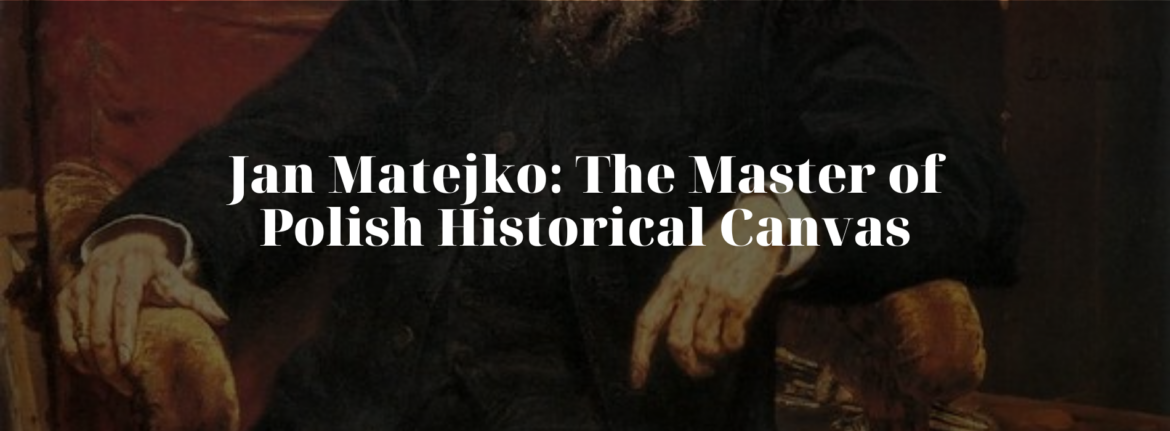Jan Matejko, born on June 24, 1838, in Kraków, was a prodigious Polish artist known for his detailed historical paintings that vividly captured pivotal moments in Polish history. His works played a vital role in fostering Polish national identity, especially during a period when the country lacked political autonomy due to partitions by neighboring powers.
Early Years and Artistic Development
Matejko’s artistic journey began at the Kraków Academy of Fine Arts, where he enrolled at the young age of fourteen. Under the mentorship of distinguished artists like Wojciech Korneli Stattler and Władysław Łuszczkiewicz, Matejko honed his skills and passion for historical painting. His early exposure to the Kraków revolution of 1846 and the siege of Kraków in 1848, coupled with the military service of his brothers, significantly influenced his artistic themes.
Rise to Prominence
After studies in Munich and Vienna, Matejko returned to Kraków and established his studio. His career took a decisive turn with the sale of key paintings, such as „Stańczyk” and „Skarga’s Sermon,” which not only settled his debts but also marked his rise to fame. These paintings, along with others like „The Battle of Grunwald,” are celebrated for their vivid portrayal of significant events in Polish history.
Contributions and Legacy
Matejko’s art transcended mere visual representation; it was a means of cultural and historical education. He passionately engaged in projects that promoted Polish history, such as his illustrated album „Clothing in Poland” and his series of paintings on significant historical themes.
In addition to his artistic endeavors, Matejko played a significant role in the educational sphere. He became the director of the Kraków Academy of Fine Arts, which was later renamed in his honor. His influence extended to his students, many of whom became prominent artists themselves, such as Maurycy Gottlieb, Jacek Malczewski, Józef Mehoffer, and Stanisław Wyspiański.
Despite criticisms for his style being considered antiquated and overly theatrical, Matejko’s works have left an indelible mark on Polish art and history. His ability to weave historical accuracy with artistic expression made his paintings a powerful tool in preserving and promoting Polish heritage.
Jan Matejko passed away on November 1, 1893, in Kraków, leaving behind a rich legacy as one of the most influential Polish painters. His works continue to inspire and educate, serving as a testament to his enduring impact on Polish culture and history.
